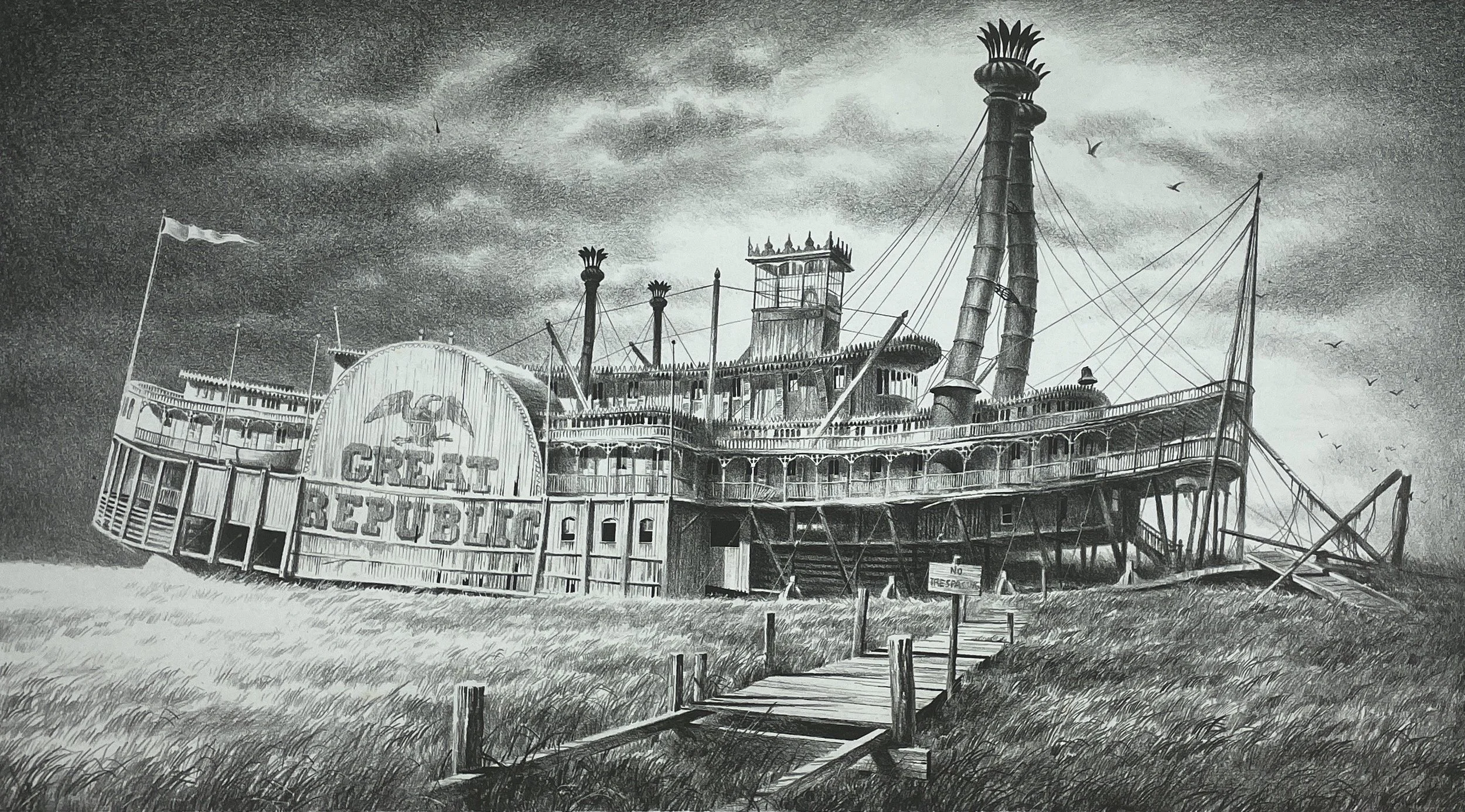“Let’s take a look at a medium that has been around for over 100 years—Serigraphy. This medium has been effectively used by artists like Andy Warhol, Igor Medvedev, Itzchak Tarkay, Peter Max, LeRoy Neiman, and many others. But what exactly is serigraphy?
Serigraphy is the artist’s term, which is a combination of the Latin word Seri (silk) and the greek word Graphos (writing).
Commonly known as silk screening, screen printing, or serigraph printing, it is a stencil-based printing process in which ink is forced through a fine screen onto the paper beneath. Screens were originally made of silk, but they are now made of finely woven polyester or nylon.
The screen is stretched over a wood or aluminum frame, then areas of the screen are blocked off with a stencil (a negative of the image). The screen is then placed on top of the paper, and ink is placed on the screen.
A rubber-bladed squeegee is used to spread the ink evenly across the screen, allowing ink to pass through the open spaces onto the paper below.
A different screen is used for each color in the print, resulting in a final serigraph with great color density, color saturation, and texture.
What is the history of Serigraphs?
The word (Serigraphy) was coined early in the last century to distinguish the artistic use of the medium from its more commercial purpose.
Silkscreening is familiar to us in countless ways. It is used for everything from t-shirts, logos to posters. The medium originated in ancient history, from China and Japan as a technique for applying stencils to fabrics and screens.
Silkscreening is also related to woodblock printing, which first arose in those countries for making similar products.
Both techniques were adopted by European artists and artisans and were developed further for a wide variety of decorative and artistic applications.
In 1907, Samuel Simon of Manchester, England, was awarded the first-known patent for the process, which quickly gained wide use in market applications. But it wasn’t until the mid-1930s that the medium’s artistic potential was recognized by a group of Works Progress Administration (WPA) artists in the United States. That is when true fine art serigraphy was born.”
Serigraphy came into its own in the 1960s along with the advent of Pop Art and Op Art. Artists such as Andy Warhol, Robert Rauschenberg, Josef Albers, Peter Max, and Richard Anuzkiewicz.
The benefits of screen printing
“Screen printing is the preferred method for many artists and designers for multiple reasons.
Vibrant results
The color output that this method gives is one of its main benefits. The stamping of a thick layer of ink directly onto the fabric in screen printing typically produces far more intense and vibrant results than the C.M.Y.K. -style dots of color used in digital printing.
Therefore, if a print is needed to be particularly bold and vibrant, screen printing will be a better choice for achieving the desired results.
Texturized effects
In a similar way, if a printed design requires a raised textured effect, this is something screen printing can offer. The thick layers of ink applied to allow a design to achieve a 3 D look and an embossed feel.”
https://www.infodea.in/lounge/art-culture/what-is-serigraphy-the-process-explained/









